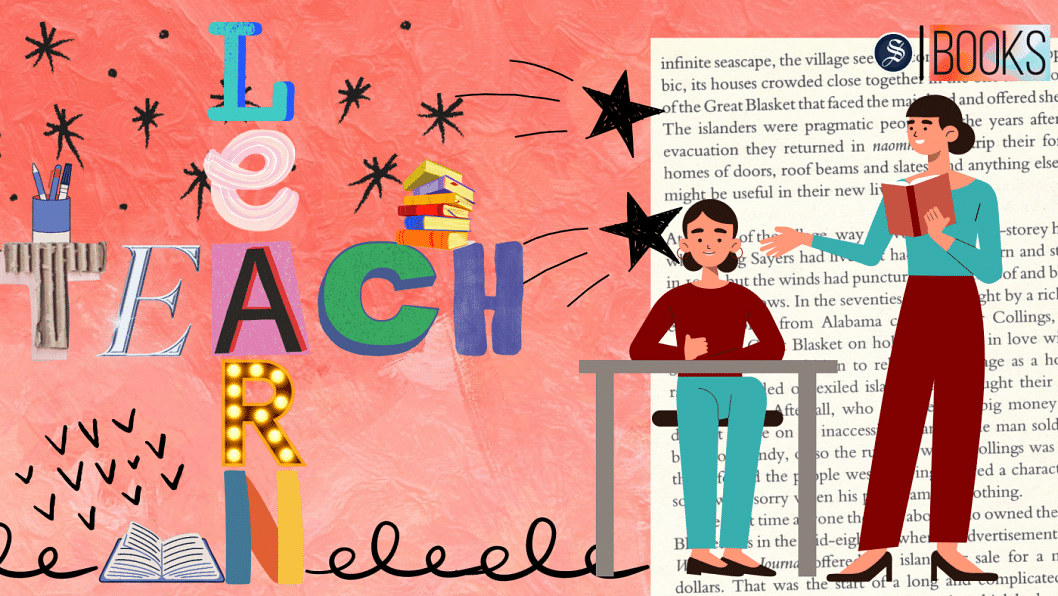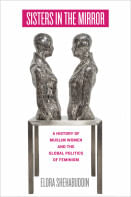On the chaos of teaching English

This month marks one year since I started teaching.
A lot of anxiety and redemption have marked these 12 months. Funnily enough, these are exactly the things I never noticed in my own favourite teachers—who inadvertently were English teachers—who have significantly shaped my mind and career. This has probably been my biggest takeaway: the avalanche of noise and emotions and information a teacher internalizes, so that what reaches her students is a version of her self that is coherent.
A Business Studies teacher would probably fail entirely in their job without such clarity; a Maths teacher even more so.
English? English is porous. It is bendable, permeable, it is messy because the lives and the chroniclers of lives we're studying are messy. Good art is often born out of such clumsiness and therein lie the moments of peace for English teachers.
On a morning that felt like the demands of life outside the classroom would all but bury me, last year, we began one particular Creative Nonfiction class with a moment of silence. How did we deal with noise, each of us in that class? What duties were we shutting out by being in class at that time? Was it causing anxiety? Were we mentally sound?
Out of the chaos of that morning—chaos that, it turned out, I had in common with my students—we strung garlands of stories, one anecdote, one fear, one little hope at a time. Topics for the essays they were meant to write emerged.
And so in this very first batch of my students—a fascinating mix of backgrounds, temperaments, interests—we encountered memoirs that took a student back to their moment of birth, amidst tearstained conversations with the mother. We had travel pieces that made museum installations out of grocery aisles at Unimart. Bedrooms were reimagined as spaces never before seen. Old heartbreaks found space for self-reflection. Opinions, on education, racism, discrimination, were given shape.
When I applied for this job, I wanted to be able to engage with books in a way that reading, writing, editing, and reviewing had not yet allowed me. What happens to a book when you bring not one or two or three but 30 minds to it? Does the text shrink under so many gazes? Does it refract into a hundred different beams of interpretation?
That is what I wanted to find out.
What I learned, what put me squarely in my place, is the realization that in the classroom we'd be unpacking minds using that one book, not the other way around.
If 'Sultana's Dream' were meant to inspire equality, why were all the men locked up? But she turns into a monster by the end! Is that the cost of freedom, is that what 'The Yellow Wallpaper' says? Why won't David just accept his feelings towards Giovanni? But ma'am, what does magic realism mean? Can I submit an assignment instead?
As questions upon questions pour down on me into my fourth semester of teaching English in a university, I discover that teaching is more about reading people. That one student with a spark in their eye who is too shy to speak. Another who is struggling to gather the words, but has grasped their meaning all too well. That one over there who will begin texting in 3...2…1-
It is an exercise in patience, yes, but also one shot through with adrenaline as you process the enormity of the project at hand. If I can read them well, I can teach them to read themselves and others well. From a junkyard of confusions, memories, ideas, fears, we can trace constellations, form stories that beget change.
Imagine the possibilities.
Sarah Anjum Bari is the Editor of Daily Star Books and Adjunct Lecturer at the University of Liberal Arts Bangladesh (ULAB). Reach her at [email protected] and @wordsinteal on Twitter and Instagram.

 For all latest news, follow The Daily Star's Google News channel.
For all latest news, follow The Daily Star's Google News channel. 









Comments